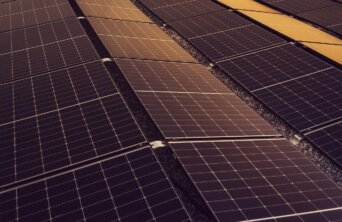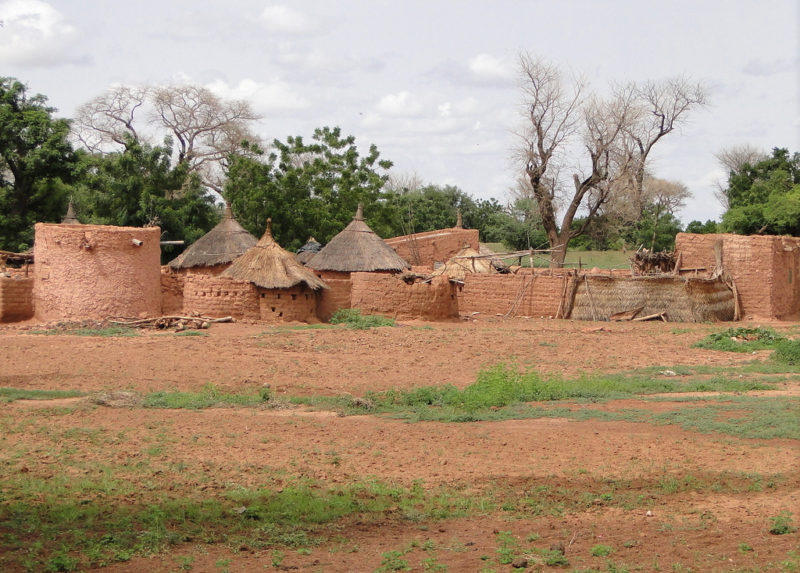- About
- Topics
- Picks
- Audio
- Story
- In-Depth
- Opinion
- News
- Donate
- Signup for our newsletterOur Editors' Best Picks.Send
Read, Debate: Engage.
An estimated 760 million people worldwide have no access to electricity, and 2.8 billion suffer from unreliable access to power. Most of these are in Africa and Asia, eighty per cent of which are in Sub-Saharan Africa, approximately 567 million. They depend on harmful alternatives such as fuel wood, which negatively affects their health and the environment.
This energy poverty limits access to education, healthcare, and economic development opportunities.
Yet Africa boasts abundant clean energy sources spanning sun, wind and geothermal. Alive to the situation, governments and private sector players are tapping into clean energy and driving a transformative shift towards electrification.
This push addresses the urgent need for electricity and offers sustainable solutions to mitigate the environmental impact of traditional fossil fuels.
The Ashegoda Wind Farm in Ethiopia is a testament to the continent's renewable energy ambitions. With a capacity of 120 megawatts, it is one of Africa's largest wind farms and has significantly boosted the country's electricity supply. The project belongs to Ethiopia’s electricity utility company, Ethiopian Electric Power Corporation, which has allowed Ethiopia to diversify its energy sources in collaboration with international partners.
According to estimates, the initiative prevents the emissions of 300,000 tonnes of carbon dioxide each year compared to thermal power plants at a lower cost.
Off-grid solutions such as mini-grids and standalone solar systems are also crucial in reaching communities in remote areas where traditional grid extensions cannot. These decentralised systems empower residents by giving them control over their energy supply and supporting entrepreneurship by selling excess power.
In Nigeria, the Solar Home Systems (SHS) programme has brought electricity to millions of households previously reliant on kerosene lamps or diesel generators. By providing affordable solar kits and payment plans, this initiative has improved living standards and reduced harmful emissions, contributing to human development and environmental sustainability.
One of the continent's most ambitious clean energy initiatives is The Desert to Power initiative. A brainchild of the African Development Bank, it seeks to harness the vast solar potential of Africa's deserts to drive economic growth, expand access to electricity, and enhance sustainable development across the continent.
The initiative, unveiled in 2017, sets an ambitious target to deploy 10,000 megawatts of solar power by 2025 and provide electricity access to 250 million people in 11 Sahelian countries, spanning from Senegal in the west to Djibouti in the east. With a focus on the Sahel region, home to some of the world's most sun-rich countries, Desert to Power aims to leverage solar energy to alleviate poverty in some of the most vulnerable communities, provide clean power and economically empower one of the most challenging places to survive.
But such interventions are not happening overnight. Numerous challenges, such as financing, lack of robust policies and legislation to support the energy mix, competition from proponents of fossil fuels energy, and lack of acceptance from specific communities, are putting the brakes on the rollout.
Significant investments in infrastructure are crucial to realise the full potential of renewable energy. Governments and international organisations should prioritise funding for grid expansion, transmission lines, and storage facilities to ensure reliable access to clean power, particularly in rural and underserved areas.
Engaging communities and raising awareness about the benefits of renewable energy are critical to overcoming resistance and driving acceptance. Public outreach campaigns, educational programs, and community consultations can help build trust, address concerns, and build a sense of ownership among local participants.
As Africa continues its journey towards electrification, it is clear that renewable energy will play a central role in shaping its future. By harnessing the continent's abundant natural resources and tapping into innovative technologies, Africa can eradicate energy poverty and build a more sustainable and resilient energy landscape for generations to come.
Image by Michael Pointner.

